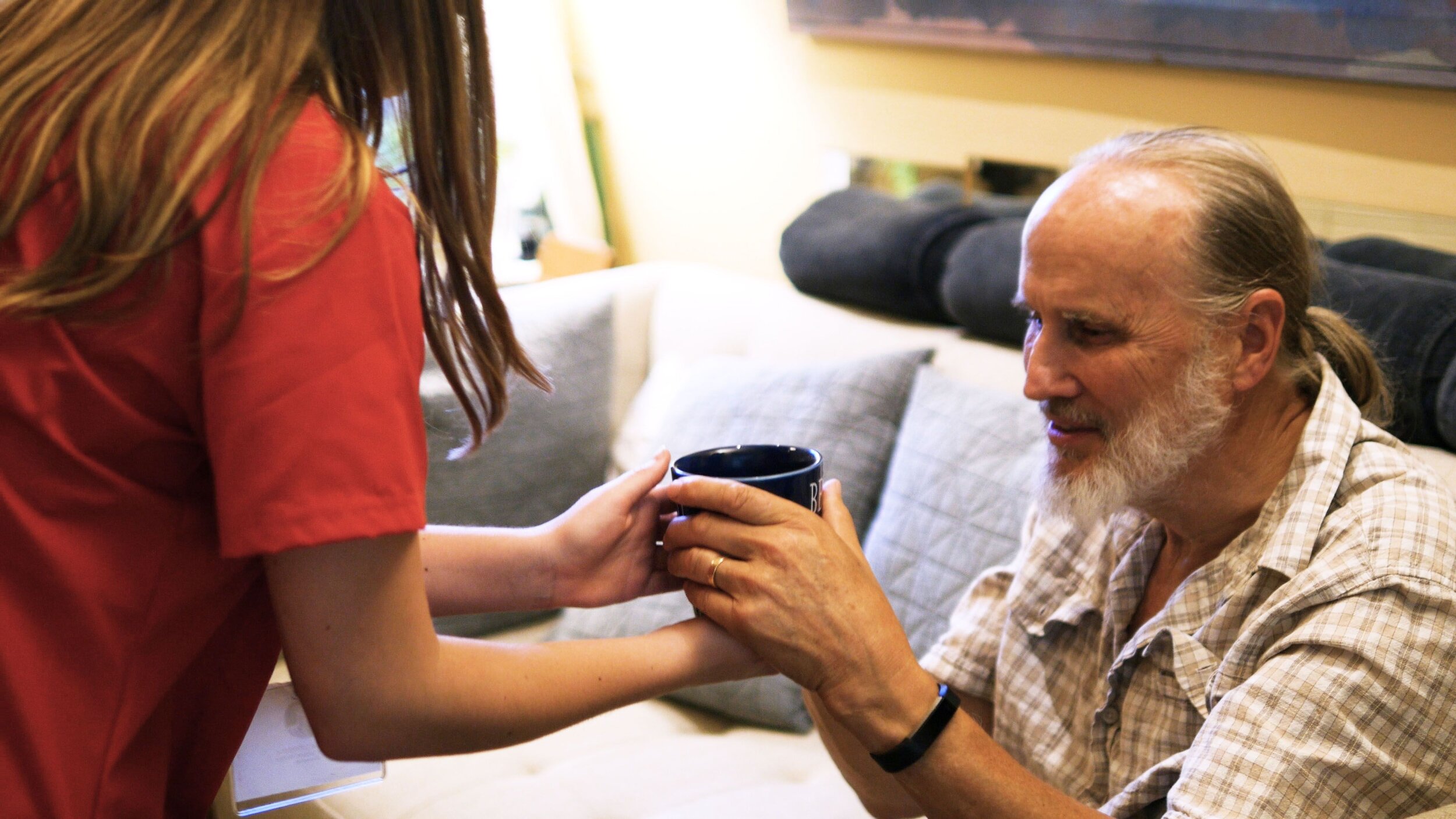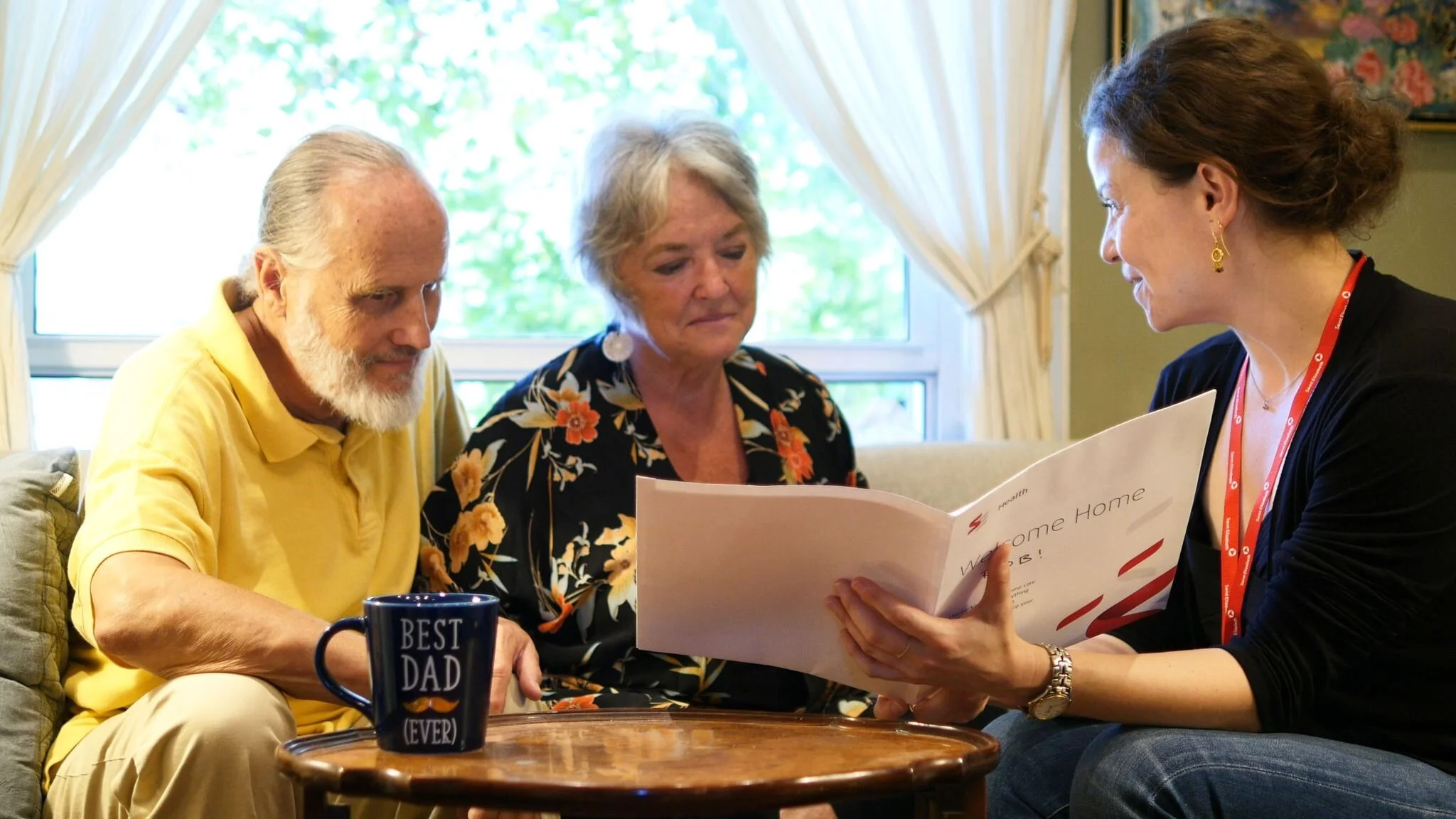
Bridgeable & SE Health
Improving home care in suburban Ontario
Scroll ↓
Overview
Role
Design Researcher - planning and executing all research activities.
Industry
Non-profit community care
Output
Delivered 3 enhanced service concepts to our client to improve the employee-client relationship.
Methods
Literature reviews, ethnographic interviews, participatory design workshops, validation
The challenge
In 2018, Bridgeable partnered with the home care provider SE Health to discover ways to improve the experiences and relationships between Personal Support Workers (PSWs) and the older adults in their care. We were tasked with developing patient and employee-centred service improvements that would set our non-profit clients apart from their for-profit competitors.
The approach
Out of our primary research, we developed the following question: How might we move from fragmented, transactional care towards relational, holistic care? We set out to answer this question with participatory design workshops, prototyping, and testing.
“How might we move from fragmented, transactional care towards relational, holistic care?”
What we did
Ethnographic field work
We did 40 hours of ethnographic field work, during which we discovered the need to focus as much on PSWs as we did on patients.
This was a “Personal Support Worker Task Flow” map used to understand daily tasks and moments of friction with a PSW’s day.
An experience map detailing the entire client care journey, highlighting key service improvement opportunities.
Task Flow Diagramming
We used visual artefacts, like task flow diagrams, to make sense of the home care experience and the complex web of systems that underlie it
Experience Mapping
Our customer journey map pulled all of our customer insights together and served as the primary artefact.
Co-creation
Bringing front line workers and senior executives together in co-creation workshops to develop solutions that were rooted in mutual understanding and client advocacy.
What we learned
Clients seek moments to re-assert agency
When a person starts receiving home care, they also start to lose some privacy. With so many new people in and out their home, a client’s sense of “normal” begins to fade away. In response, clients and caregivers use everyday moments to exercise at least some control over their care and their lives.
Clients, caregivers, and PSWs are playing broken telephone
There’s no easy way for PSWs to share client-specific information that can improve the delivery of care. Without accurate and up to date knowledge, the burden of communication falls on clients are caregivers, who use work-around methods like written notes.
Perceptions of “good care” are at odds with therapeutic boundaries
Therapeutic boundaries caution PSWs against becoming emotionally attached to clients. In contrast, many PSWs form kin-like relationships with their clients to help build trust and comfort, and clients welcome this. However, when one PSW crosses therapeutic boundaries, it sets client expectations for others to do the same.
What we made
Serivce Implementation Guide
We wove solutions to these problems into 3 prototypes, documented into a service blueprint and implementation guide for our clients, which included a service blueprint. We also produced a short video to demonstrate how our concepts worked together to improve the home care experience for clients and PSWs. The solutions were meant to support 3 goals:
1) “Foster healthy care relationships”
2) “Create seamless transitions”
3) “Synchronize Scheduling”
Service prototypes
We prototyped 3 service improvements based on our research-driven goals: a Care Ambassador, the Client Portrait, and a new scheduling system.
Service blueprint
We also designed a service blueprint to illustrate how and when these prototypes would improve the care experience
Team
Research
Michelle Johnstone
Strategy
Juan Sebastian
Chad Story
Service Design
Sarah Pawlett
Sinead Wickham








